2016 Toyota Highlander vs Honda Pilot: Review
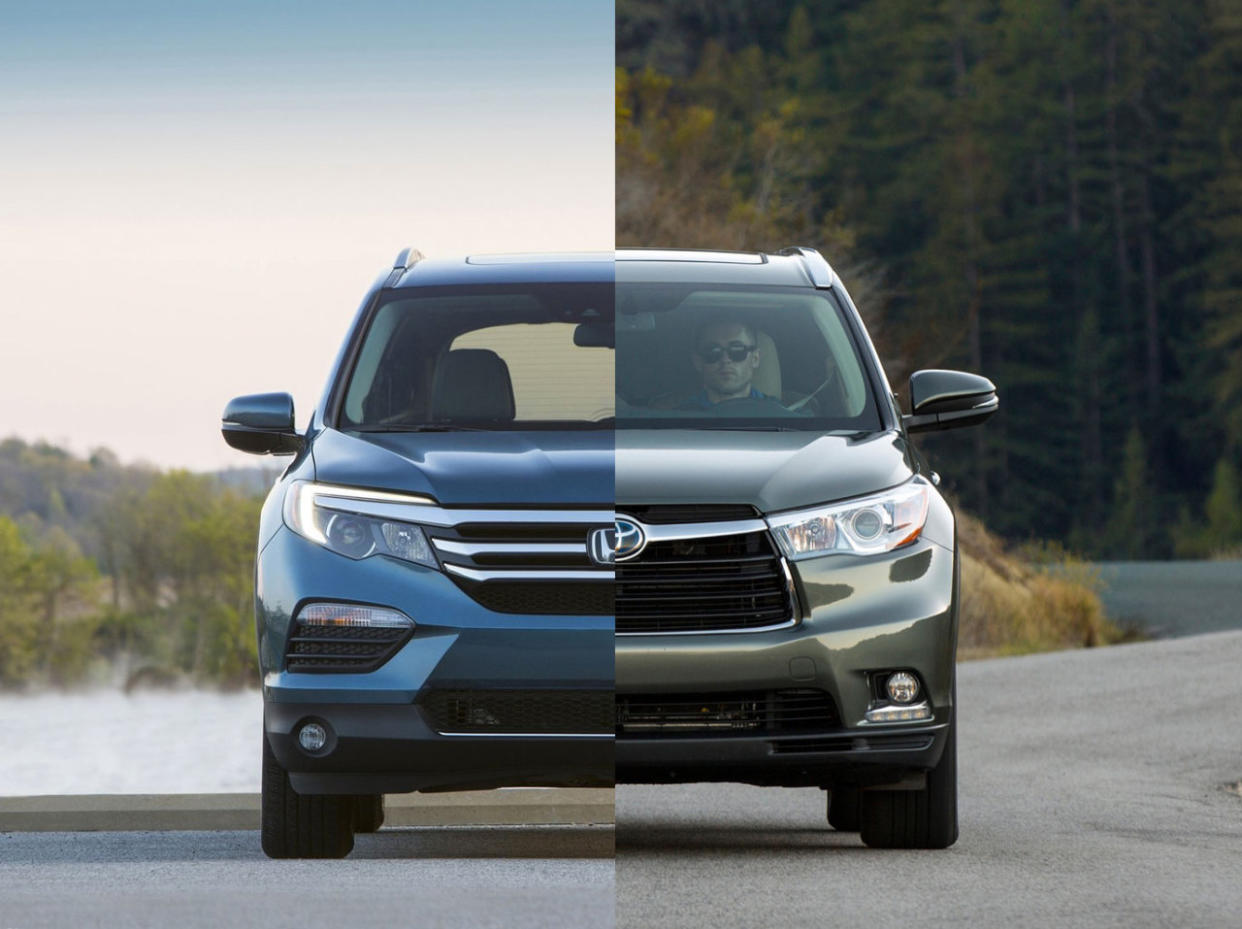
What are they? 2016 Honda Pilot and 2016 Toyota Highlander are third-row, eight-passenger SUVs.
Starting price: $30,145 (Honda Pilot), $29,990 (Toyota Highlander)
Competitors: Ford Explorer, Hyundai Sante Fe, Jeep Grand Cherokee
Alternatives: Chevrolet Traverse, Mazda CX-9, Nissan Pathfinder
Would I buy either with my own money? For those that just want a trustworthy family hauler, both do well—but the Pilot delivers that plus a more rewarding drive.
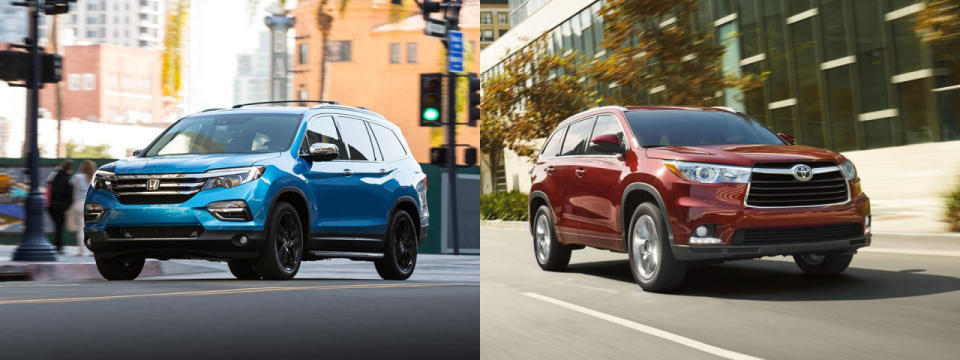
While CUVs have recently overshadowed midsize SUVs as the mainstay for suburbia, fullsize SUVs have been making a slow comeback, thanks to plunging gas prices. Toyota Highlander broke its year-over-year record with 158,915 units sold, and the Honda Pilot moved 122,868 units in 2015. While the Jeep Grand Cherokee and Explorer are top sellers, the Honda and Toyota have carved their own niche—both were chosen as Top Safety Picks last year by the IIHS, and both get high marks for reliability from Consumer Reports and JD Power.
I drove the two back-to-back with similarly priced trims: the Honda Pilot Elite starting at $46,420, and Toyota Highlander Limited Platinum, which costs $45,716 after tacking on a couple of options.
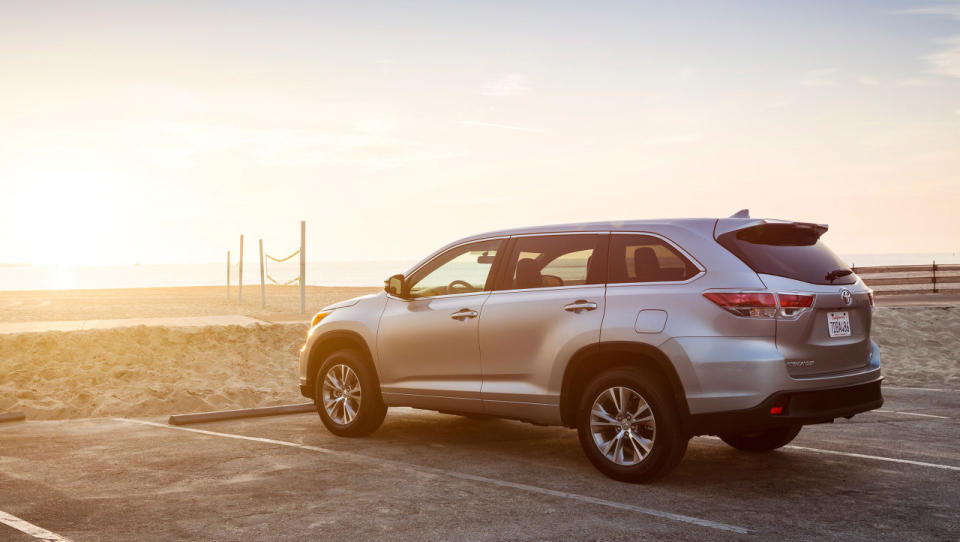
Driving crossovers typically elicits as much excitement as viewing PowerPoint presentations at work, but the Pilot is surprisingly satisfying to drive, thanks to a 300-pound weight loss regiment and a lower ride height from the previous gen. Its car-like ground clearance means you won’t be trekking through the Rubicon Trail, but the firmer suspension damping makes the Pilot feel more connected than its predecessor while losing none of the comfort, with a taut chassis that can adequately respond to emergency maneuvers. Its i-VTM4 (intelligent variable torque management) all-wheel drive torque vectoring system delivers up to 70 percent of the to the rear wheels similar to Acura’s SH-AWD, and the end result is less understeer through the corners.
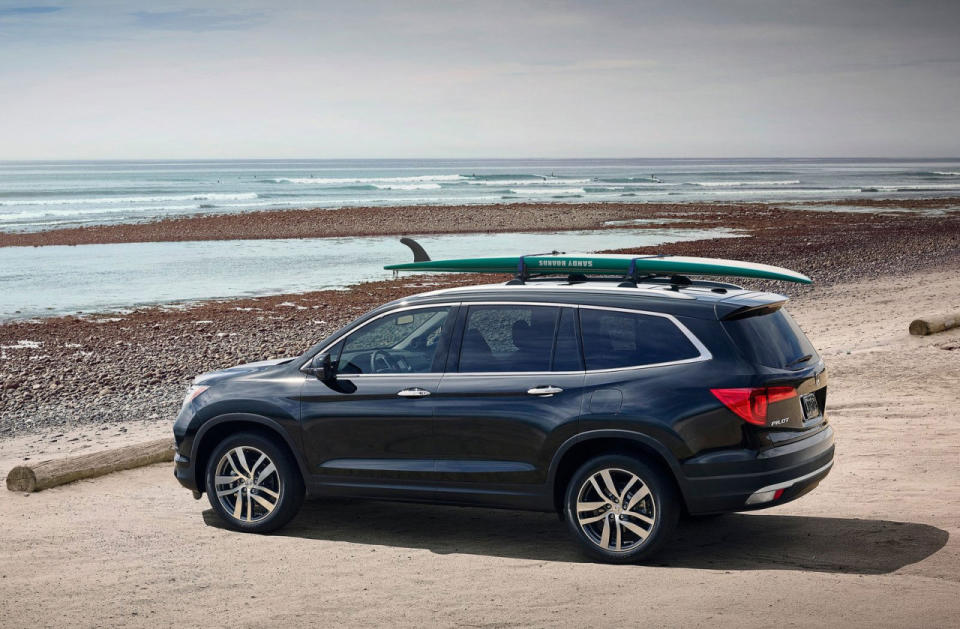
It’s a noticeable upgrade compared to the Highlander, which although is comfortable, tends to push more in turns with more body roll. Its curb weight of 4354 pounds is slightly heavier than the 4317-pound Pilot in spite of being front-wheel drive, and Toyota’s available AWD even the field either, given that it sends up to 50 percent of the power rearward and is designed more to tackle inclement weather. Neither have much tactile feedback from the steering wheel, though the Highlander feels more disconnected.
Nonetheless, considering the vast majority of motorists aren’t gunning their crossovers to shuttle kids to school, and the edge in handling would be negligible for buyers who just want the automotive equivalent of a Leatherman. Both hush along the interstate with minimal wind noise, making them ideal for longer jaunts.
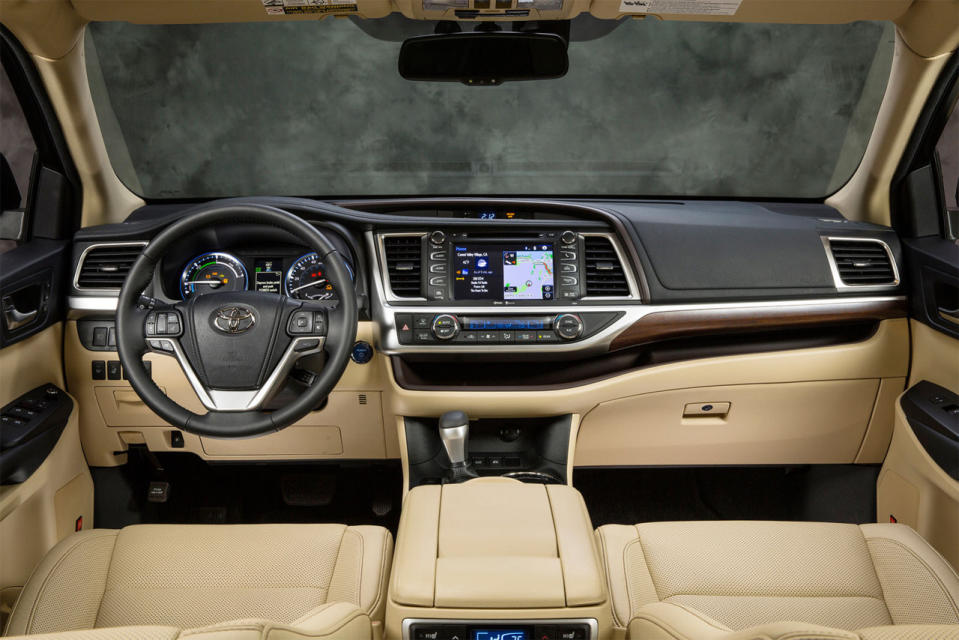
While all-wheel drive typically comes at a penalty to fuel economy, but the Pilot sees similar numbers to the FWD Highlander, thanks in part to the smooth nine-speed automatic (six-speed on lower trim)–19 city/26 highway/22 combined for the Honda, compared to the Highlander’s 19 city/25 highway/21 combined. In a mix of city and highway driving both averaged 22 mpg. Zero to 60 times are also similar at around seven seconds, though the Toyota’s 3.5-liter V6 has more low-end grunt. Strangely, the Toyota also had the most intrusive traction control system I’ve ever driven— in a quick lane-change it’d jarring intervene as though I were trying to tail slide in the rain.
The intrusive nannying from the Toyota does have its perks, as it’s a Top Safety Pick+ from the IIHS, as is the Honda Pilot. Both came with a Forward Collision Warning system that seemed to intuitively know if you weren’t paying attention, and without giving false alarms—a huge plus if you have an experienced teen borrowing the car. Strangely, the Elite trim of the Pilot doesn’t offer one of my favorite features in Hondas, LaneWatch, which uses a live camera display for changing lanes.

As an eight-seat family hauler, you can’t go wrong with either, with a spacious second row, and a usable third row that’s slightly bigger on the Pilot. The Highlander does have small utilitarian perks, like a cubby storage crevice in the center console that surprisingly gets a lot of use, whether to store your phone or mail. The Honda has plenty of storage spaces, but it carries over one of the big UI annoyances in the company’s recent lineup–there’s no volume knob on the touchscreen infotainment system.
But in the end, the superior driving dynamics coupled with better packaging gives the Pilot an advantage. It’s an SUV you won’t hate to drive, and in a segment full of uninspiring breadboxes, that’s no faint praise.

